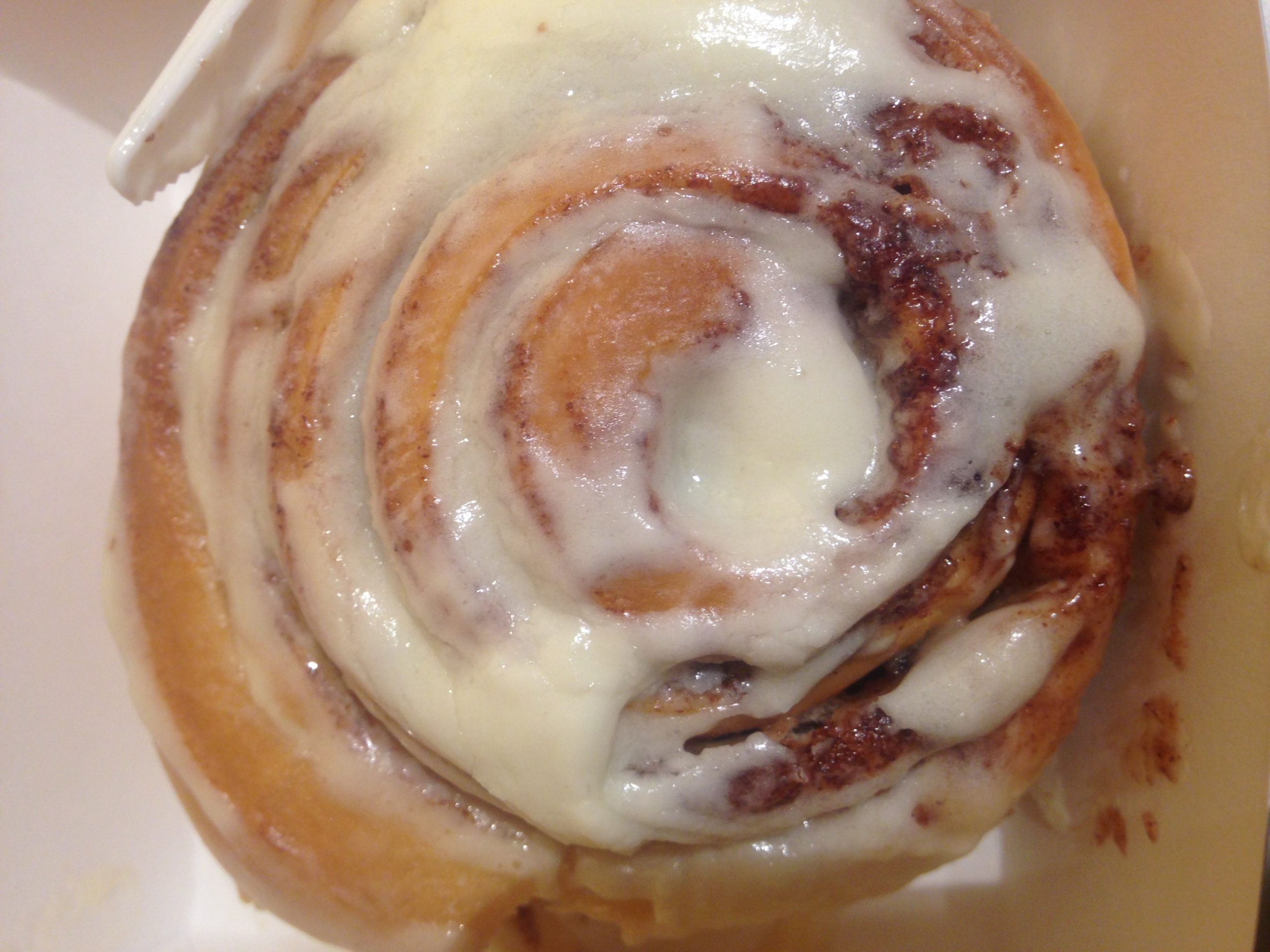Tips For Summer Fat Loss Success
Without fail, at the change of season, hysteria grips the population. The removal of winter clothes triggers Extreme Self Consciousness Syndrome. The most common symptoms are the sudden urge to control calories and begin exercise. During this time of hysteria sufferers are especially vulnerable to gimmicks and gizmos. Follow the tips below and thrive while others suffer.
Commit to your mission:
Without fail, as soon as anyone sets a goal for themselves obstacles appear. Anticipate the usual setbacks; social occasions, travel, injuries, illness, stress, haters and saboteurs. Those whom are prepared will prevail! Instead of pacifying yourself with food deal with the important issues of the day and be confident in your ability to surmount adversity.
Limit the damage:
The first step for many clients is to limit their eating to between 2 pm and 10 pm. This strategy is effective for a number of reasons:
- Food cramming (squeezing a day’s diet into eight hours) causes fullness yet results in fewer calories being consumed.
- The body is given a longer period of time in a fasted state which has a number of benefits including improved insulin function
- Impulsive, unproductive grazing is eliminated
- When the opportunity to eat is restricted, people automatically become aware of every morsel that enters their mouth. This results in a well ruminated diet with consistent food choices and portions – the basis of a successful diet!
Base your diet on protein:
Protein is the fundamental food of choice for these reasons:
- During metabolism, 20 to 30 % of protein calories are lost to heat production (only 15 to 20% and 2 to 5 % for carbohydrates and fats respectively)
- Protein is more satiating than carbohydrates or fat
- A high intake results in simultaneous muscle mass increase and fat loss
- Nutrients (Vitamin B12, heme iron, zinc, carnitine, carnosine, glutathione, creatine, EPA, DHA, BCAAs etc.) derived from meat, fish and whey protein are vital for vigour and performance.
Recent evidence indicates .8 grams of protein per kilogram of bodyweight is not enough. Target between 1.6 and 2.4 grams of protein per kilogram bodyweight daily.
Target Glycogen Not Fat
Encourage your body to burn glycogen and it will respond by storing more glycogen. Encourage your body to burn fat and it will respond by storing more fat! Fat burning aerobic exercise reduces metabolic rate and diminishes muscle mass and power. Glycogen burning anaerobic exercise boosts metabolic rate and increases muscle mass. It also diverts calories from fat storage (in belly fat, hip fat etc.) to glycogen storage (in biceps muscle, butt muscle etc.). To ensure that your workout is burning glycogen and not fat keep exercise intensity above what can be sustained for two minutes. Take breaks that are both frequent and long enough to ensure maintenance of this intensity level. Activities conducive to anaerobic training include: sprinting, rowing and strength training.
Get Into Cyclical HIIT Training
High Intensity Interval Training rips fat off the body but sustaining peak volume is impossible. To avoid premature HIIT burnout, program your weekly volume progressively. Build to maximum levels and then reduce to beginning levels. Repeat this cycle according to tolerance. Below is an average example of this concept:
1 set is composed of a 30 second maximal or near maximal sprint followed by a 30 second walk. Make sure to warm-up prior to your first set!
Week 1 Week 2 Week 3 Week 4 Week 5 Week 6
6 sets 7 sets 8 sets 9 sets 10 sets 11 sets
Week 7 Week 8 Week 9 Week 10 Week 11 Week 12
12 sets 13 sets 14 sets 15 sets 6 sets 7 sets
ETC!
Do a lot of strength training:
Your muscles are sponges saturated with calories. Squeeze them dry and they will suck calories away from fat cells. Squeeze them too much, however, and their calorie sucking ability will be impaired. Maximize calories sucking ability by draining as many muscles as possible rather than pummelling a select few. The usual split of chest and triceps Monday, quads and abs Tuesday, back and biceps Wednesday, shoulders and traps Thursday, lower back and hamstrings Friday is inadequate. Far too few muscles are being drained of their glycogen. A more sophisticated program of sufficient variety looks like this:
Monday:
Back (Scapular Depressors)
Chest (Lower Fibres and Pec Minor)
Elbow Flexors (Supinators)
Triceps (Long Head)
Tuesday:
Quads
Adductors of the thigh
Calves (Supinators)
Wednesday
Shoulders (Medial Rotators)
Abs (Upper Fibres and Obliques)
Neck (Flexors) and Traps
Thursday:
Back (Scapular Retractors)
Chest (Upper and Mid Pec)
Elbow Flexors (Pronators)
Triceps (Lateral and Medial Heads)
Friday:
Low Back/Hamstrings
Abductors of the thigh
Calves (Pronators)
Saturday:
Shoulders (Lateral Rotators)
Abs (Lower abs and Hip Flexors)
Neck (Extensors)
Cook Enough for Leftovers
Pasta, rice and potatoes change molecular structure after they have been cooked and then allowed to cool. A large (10 to 50 percent!) portion of the original carbohydrate content gets converted to undigestible resistant starch. Monday’s pasta dinner, despite being of equal portion size, will have less fattening impact when consumed Tuesday night. Cooled foods can be reheated without affecting the molecular transformation.
REFERENCES
Keenan, M. J., Zhou, J., McCutcheon, K. L., Raggio, A. M., Bateman, H. G., Todd, E., … & Hegsted, M. (2006). Effects of Resistant Starch, A Non-digestible Fermentable Fiber, on Reducing Body Fat. Obesity, 14(9), 1523-1534
Layman, D.K.(2009). Dietary Guidelines should reflect new understandings about adult protein needs. Nutrition & Metabolism, 6(12), Lemon, P. (1998). Effects of exercise on dietary protein requirements. International Journal of Sports Nutrition, 8(4), 426-447.
Westerterp, K.R. (2004). Diet induced thermogenesis. Nutrition & Metabolism, 1, 1-5
